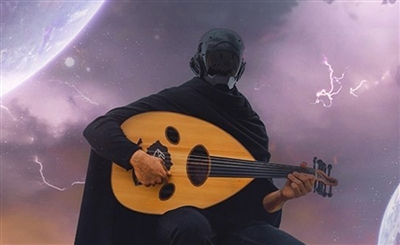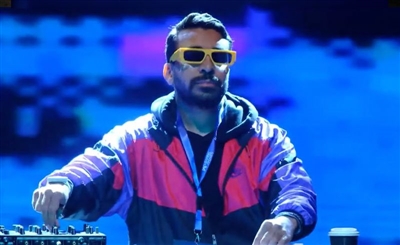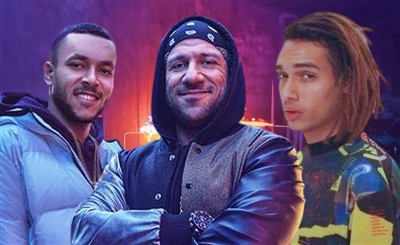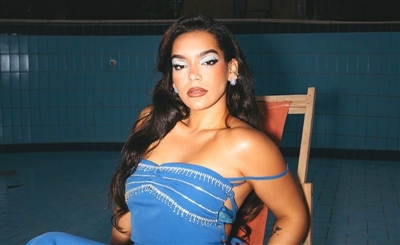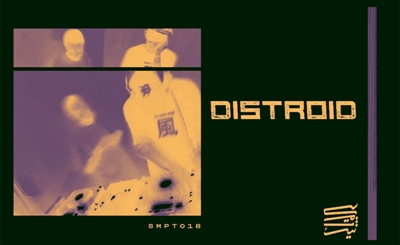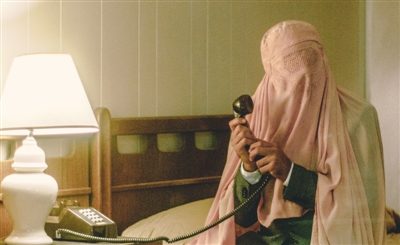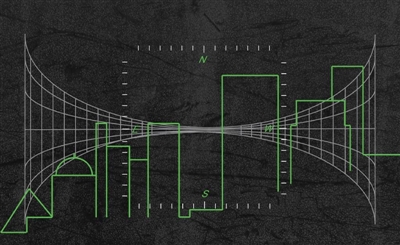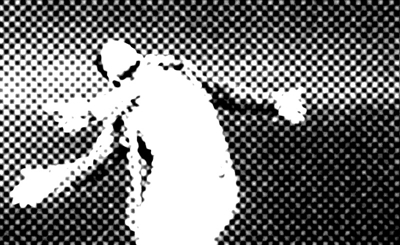DJs are becoming so prevalent that it is believed that every 10 seconds a DJ is born somewhere in the world. Technological advancement in the industry has made it easier than ever to rock a party, but there are few among them that have the capabilities and the experience to adapt to the constantly changing equipment and dance floor sounds. Seemingly able to easily adapt is none other than Amir Farag aka DJ Nitrane, who not only has two decades of DJ experience under his belt, but also runs Focus Media Group supplying Egypt’s DJ with the latest tools to take their sets to next level. As both an experienced DJ and a successful equipment supplier, Amir Farag will be exhibiting the latest tools of the trade at this month’s Muzix expo, and is also scheduled to run a workshop on how to use one of the hottest pieces of DJ equipment around; Native Instrument’s Maschine. To find out how technology has changed over twenty years, and why Maschine is a game-changer in the electronic music scene, we head over to his Farag’s home studio to learn more.

Back in the day, video rental locations in Cairo were as plentiful as koshks. On one particular evening in the early 90s, a young Amir Farag decided to rent Who’s the Man, a Hip Hop whodunit cop comedy starring Ice-T as Nighttrain. It was that same night that arguably inspired Farag’s DJing identity, and since he was a teenager, DJ Nitrane has been perfecting his craft keeping up with the ever changing clubbing culture. According to Farag, “I started DJing at the age of 15 in Saudi Arabia. Saudi Arabia is made up of closed communities, so you can’t just go to a club. You go to somebody’s house and they’d have a sound system made up of two stereos. I would put a prepared mixtape in both stereos and alternate between both decks.” The painstaking procedure is a far cry from today’s DJ equipment and made transitions between tracks a lot tougher also making it nearly impossible to play to the crowd or take request.
Looking to have more flexibility during a live set, DJ Nitrane decided to switch to a vinyl deck set up, allowing him to read the crowd and pick the right track at any given point in the night. Although it improved mixes and allowed for scratching on the fly it came with its own obstacles. “The problem with Vinyl is they are heavy making it harder to move around, but also it was nearly impossible to find in the region. I and a few friends resorted to ordering from a website called the Vinyl Store Online. They had this offer where you buy 50 vinyls and they ship it to you. So every couple of months we’d make an order and split it between us. Getting vinyl became very expensive and back then DJs weren’t getting paid that much,” explains Farag.
The issue of finding vinyl and having to haul around heavy crates led many DJs including Nitrane to switch to using CDJs, which were like vinyl decks but with CDs. CDs definitely made it easier to bring a wider selection of tracks, but its digital format made very clear when a DJ made a mistake as CDs get easily scratched unpredictably skipping. “At the time, CDJs were much more economical, easier to carry around and started to show up in clubs because we could just go and play right away. A lot people shifted from Vinyl to CDJ only because of the practicality,” reminisces Farag.
Although practical, CDJs didn’t last long as MP3s began to change the music industry forever, giving way to a plethora of software creation and smaller but powerful mixers that made it easier for DJs to become producers. “Traktor introduced the ability to have loop control, play, pause, and assign effects. You could do everything that you wanted to and tracks would be syncing letting you play up to 4 songs at the same time. In the old day we were looping on a CD player, we had to press in and out, if you get it right then it’s perfect, but if you didn’t, everyone would notice,” describes Farag.

With DJs becoming more popular in the clubbing scene and technology advancing, Farag noticed the potential in selling the latest gear during a show at the Cairo Jazz Club. “I was DJing at the Jazz Club on my Traktor. I remember I showed up with no CD players, just a laptop, a soundcard and a mixer. That one night, I remember three people asking me what I was using and how they could get one. By the third request I was like *lightbulb* I need to sell this to them. So I got in touch with Native Instruments and that’s how that relationship started. I was already a Traktor user and so that’s how I introduced it to the community as well,” explaining the inception of his Focus Media Group.
Farag’s Focus Media Group is an official distributor in the region for major brands like Native Instruments, Novation, Access Virus, Allen & Heath Xone Series, Arturia, and more, all of which will be available at their Muzix booth. When asked by Muzix to give a workshop using his favourite DJ tool these days, Farag didn’t hesitate to turn to Native Instruments’ versatile Maschine.

Just like how the hardware has evolved so too did software. From the primitive days of using Winamp to make playlists to using the powerful and popular Ableton to create music, what makes Maschine so special is its compatibility with software and its ability to be upgraded. According to Farag, “In the old days a sampling machine was only the actual hardware in front of you and what you plug into it. So you’re limited by what the machine could do; if there’s ever a new feature that comes out, you couldn’t have it because the machine was outdated so you end up buying/selling hardware to stay current.”

Hoping to end the cycle of buying equipment every year to keep up with software developments, Maschine, according to Farag, “changed the game, by making things quicker and more effective. Every time there’s an update to the software, you don’t need to change the controller, which is why people who have bought the very first Maschine, 5 or 6 years ago, can still use it today. It’s insanely powerful! The limit is only what Native Instruments program it to do.”

Taking place on October 23rd to 24th, Muzix will be filled with great live music, educators shedding light on their expertise, the latest in gear from the biggest brands available for purchase, and a variety of informative workshops. At the Maschine workshop Farag is planning to spend “the first 15-20 minutes flying across the main functions just to get you started, but most people attending this will benefit more from watching a tutorial or two before showing up, at least the basics. I will also show people how to make the most of it in a studio, but that it’s also powerful enough for the stage. Most things like Ableton or Pro Tools are all the DAW (Digital Audio Workstations) used to produce music in a timeline format. It goes from left or right and it goes from the beginning of the song to the end of the song. You put in your breaks, build-ups and everything. Maschines are pattern-based like a drum machine. You put in a pattern of four beats and then you start adding layers like kick, hi-hat and snare, creating a pattern that you can build a song inside it.” By the end of the workshop Farag hopes that people will be able to use Maschine to turn that song rattling in your head into a track.

With over twenty years of DJing experience, Farag has proven time and time again that he will adapt to times no matter the sound or the tools being used. Coupled with the fact that he runs Focus Media Group, Farag knowledge is extensive knowing the exact differences between similar products on the market and how to use them. His experience and expertise are indicative to the quality of exhibitors and educators scheduled at Muzix, which is why any music lover will enjoy and any industry professionals will appreciate this first-of-its-kind expo.
To visit Focus Media Group click here or visit their booth (A01 and A02) At Muzix
To stay up to date with the latest details from this growing expo visit Muzix at their official website or Facebook, or check out their new YouTube Channel hosting videos of artists who will be attending the event as well as demonstration of them using their favourite musical gear.
Photography by Khaled Habib.


